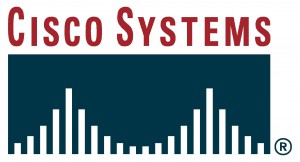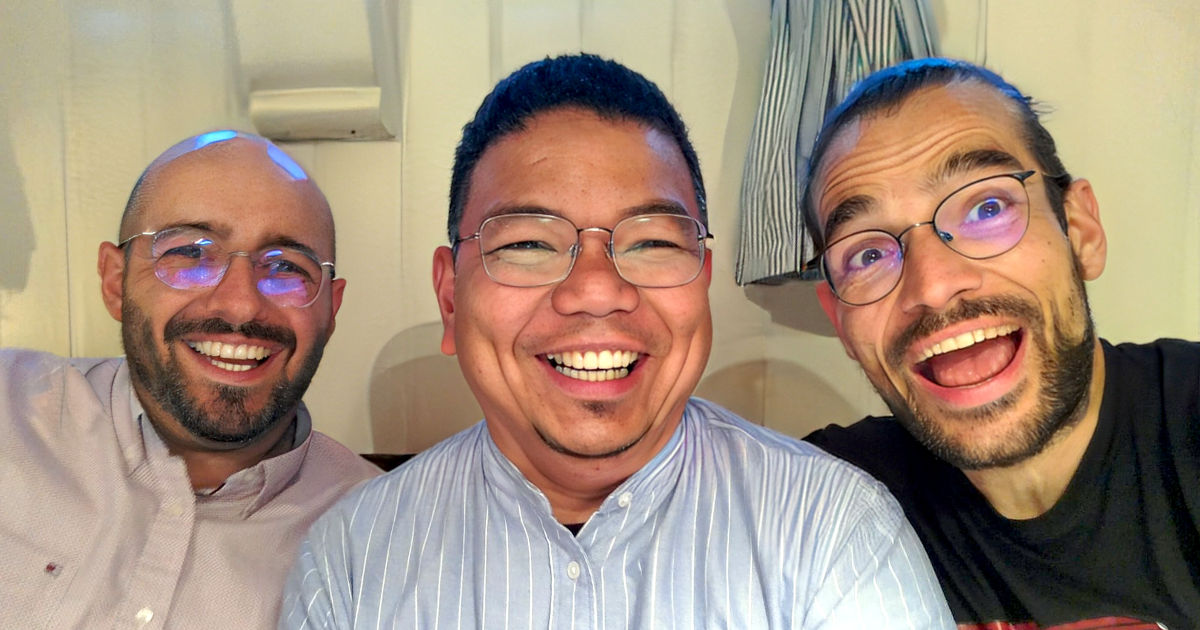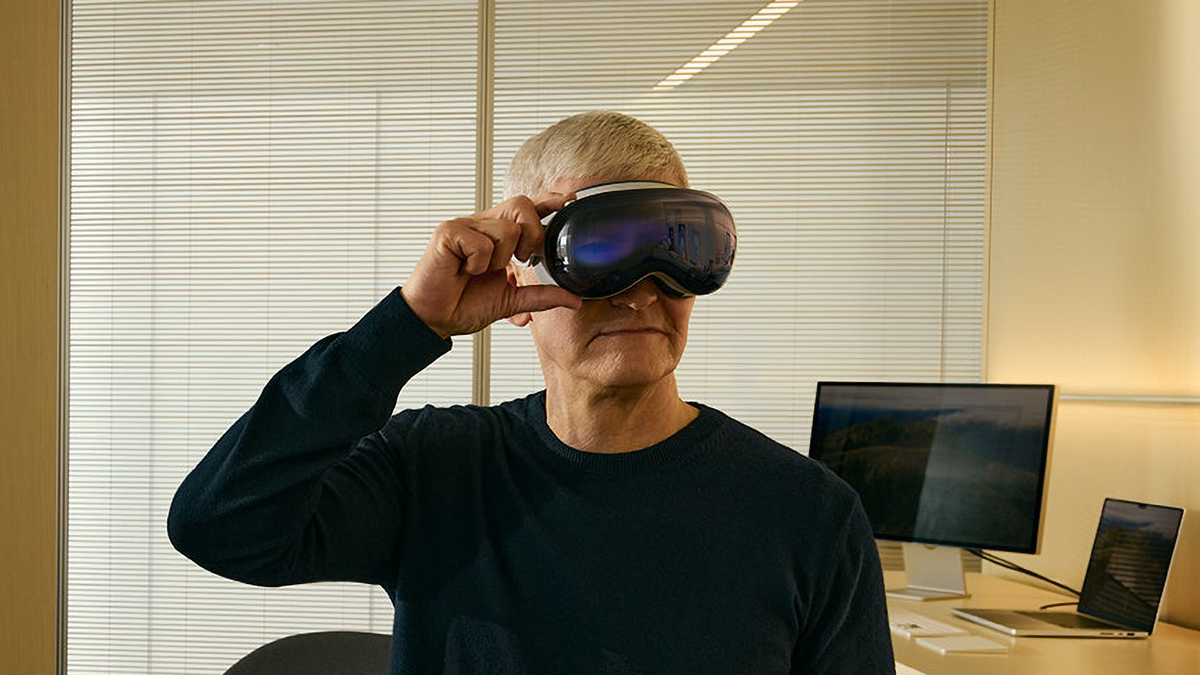
The Real Origin of Cisco Systems
The following account of the real origins of Cisco Systems, as opposed to the history often recounted in Cisco company literature, was written in 1999 by Tom Rindfleisch. Rindfleisch was Director of the SUMEX-AIM project (1973-1990), under which the software for a powerful Internet router system was developed and widely deployed at Stanford and elsewhere for research purposes. That code found its way, without approval from the original developers, to form the basis of the Cisco router.
Computing, networking, and world-wide-web technologies have become commodities in recent years, and are affecting almost all aspects of our lives. Twenty to thirty years have passed since the invention of many of the underlying concepts and technologies leading up to this information revolution. We are beginning to try to gain some historical perspective on the people and the settings giving rise to these technologies, along with the extraordinarily successful industries that are pacing the marketplace for derived commercial products. For example, Stanford University Libraries and the Institute for the Future hosted a recent scholarly retrospective on the work of Douglas Engelbart, entitled Engelbart’s Unfinished Revolution . In 1968, Engelbart’s group at SRI demonstrated the computer mouse, graphical user interfaces, hyperlinked documents, video conferencing, and computer-assisted collaborative environments – ideas that so far outstripped what could be delivered practically that decades were required to create a marketplace.
Another recent documentary, Nerds 2.0.1: A Brief History of the Internet, by Bob Cringely, was shown on PBS in November 1998. This work attempts to trace the invention of several other key aspects of modern information technologies – the Internet, local area networks, and the world-wide-web phenomenon. Despite its chatty, informal format, Nerds 2.0.1 does quite a nice job of describing the invention and development of the early ARPANET (late 1960s), the Ethernet (mid-1970s), and the early Internet (1980s). However, Cringely gets quite careless in his treatment of later developments in this story – for example, those leading to commercial Internet router technologies (1980s), which make possible the incredible network of networks comprising the modern Internet and which fueled the meteoric success of Cisco Systems. Cringely’s error, which he admits after the public broadcast of his program, was that he focused only on the people who became rich and famous through Cisco, principally Len Bosack and Sandy Lerner. In the process, aided by a lack of candor by Bosack and Lerner about their own true roles, Cringely overlooks the seminal role of the real inventor, Bill Yeager (aided subsequently by Kirk Lougheed and others). It turns out this kind of reporting is not so rare in Silicon Valley, where companies like to hype the skills and prowess of their founders.













